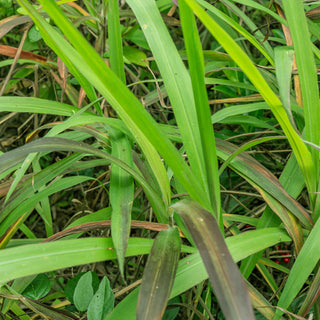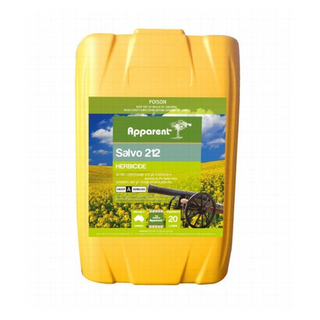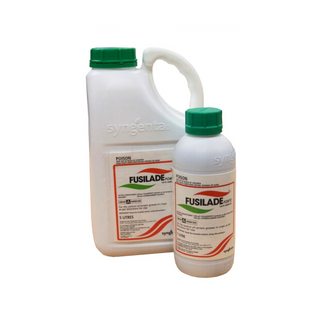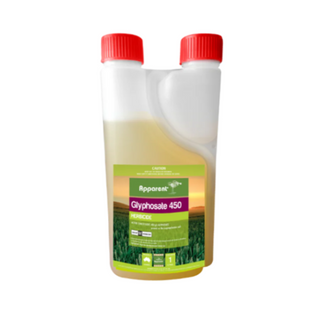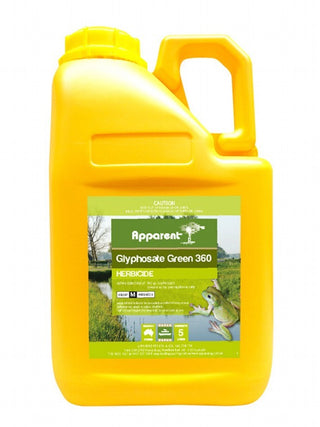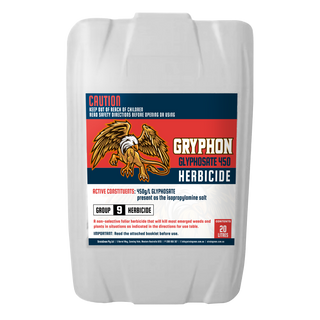Botanical name: Cynodon dactylon
Common Names
Bull Grass, Crab Grass, Dog Grass, Goose Grass, Goose Foot, Iron Grass
Couch Grass was originally introduced as a horticultural lawn and pasture because it is drought tolerant. It is a native of Africa and southern Europe but has now become a problem in Perth bushland.
Couch is a rhizomatous, prostrate perennial grass growing to about 0.3 m high. Flowers are produced on spikes in late spring and summer. It reproduces by seeds, rhizomes and stolon and can be toxic to animals due to the production of cyanogenic compounds. The seedbank persists for 3-4 years. It survives fire then reshoots from rhizomes. Shade will reduce vigor. Couch is a known host of pathogens and pests. Documented as allelopathic, it is capable of reducing the germination and growth of other species. It is also adapted to survive extended dry periods and flooding due to a deep root system. Generally tolerant of low soil pH and high salt concentration, however, is susceptible to cold temperatures. Growth slows in cold weather, in shade and/or dry soils.
A number of variants and cultivars have been developed worldwide, mainly to increase drought resistance, cold hardiness, disease resistance and forage production. Rhizomes shoot at 10 degrees Celsius, but shooting can occur at 30-40 degrees Celsius. Rhizomes are resistant to drought and water logging, and sensitive to light.
Because it has been widely planted as a turf, pasture and lawn it easily invades adjacent bushland. The long runners and the dumping of garden refuse also help to disperse this weed into native vegetation. Once established it is difficult to remove.
Location
Spread widely over the Eremaean Province, Northern Province and South-West Province. Couch Grass favours moist and warm climates and inhabits open sites subject to frequent disturbances such as grazing, flooding and fire. It prefers fertile sandy to silty soils or alluvium. Although a drought tolerant grass it prefers a moist location and thus creates particular problems in wetlands and river edges.
Priority for removal
High: major threat to the conservation values of Banksia woodlands and other plant communities where it has become established.
Flowering month/s
February, June, July, August, September, October, November
Flower colour/s
Green, Purple
SCENARIOS AND SOLUTIONS:
- In garden beds: use Fusilade and Apparent Salvo.
- In other lawns: use a small paint brush to brush the leaves with Apparent Glyphosate or Gryphon Glyphosate 450 Herbicide.
Reference: https://www.bushlandperth.org.au/weeds/couch-grass/

